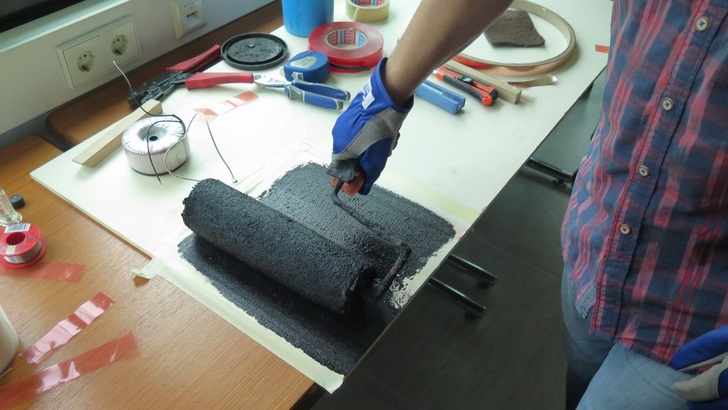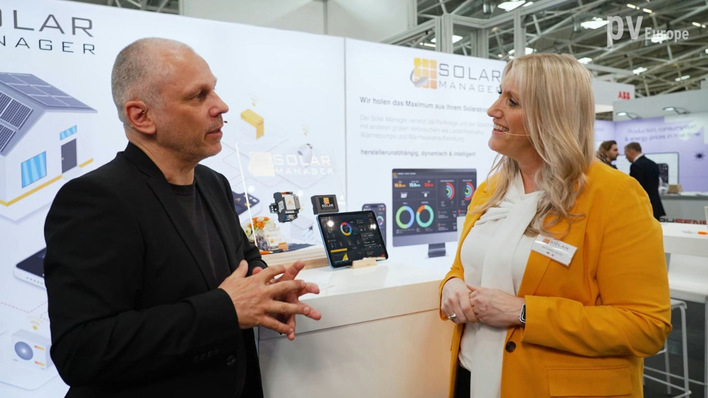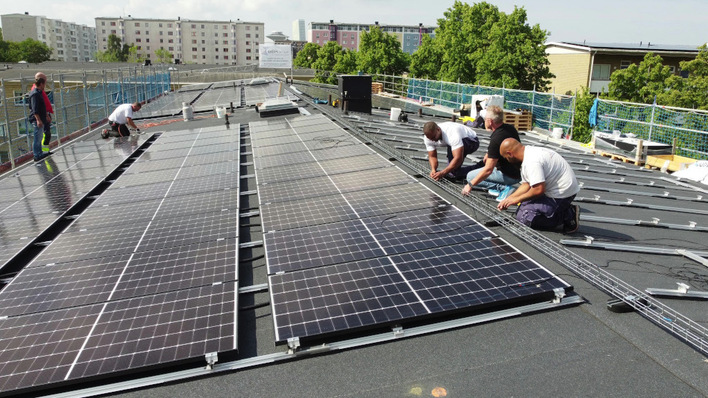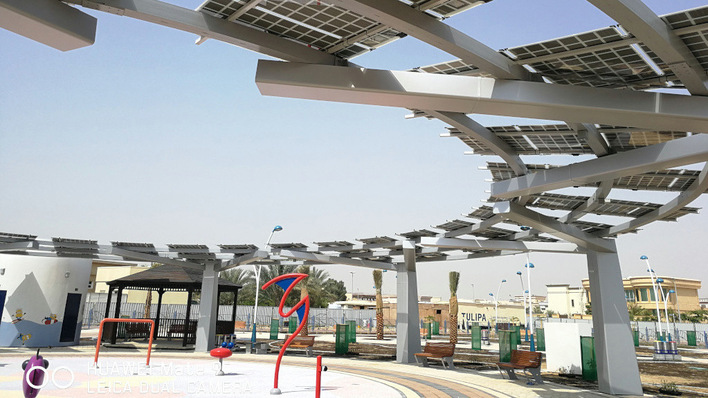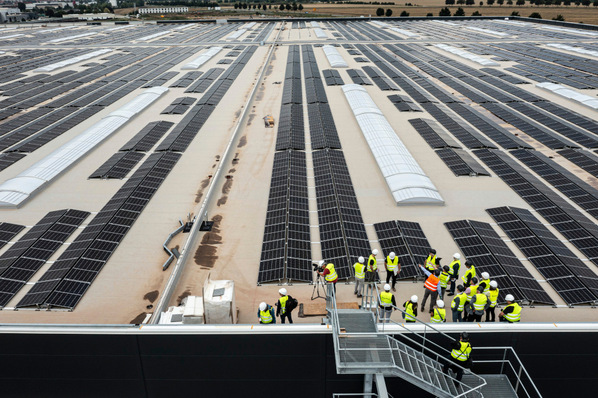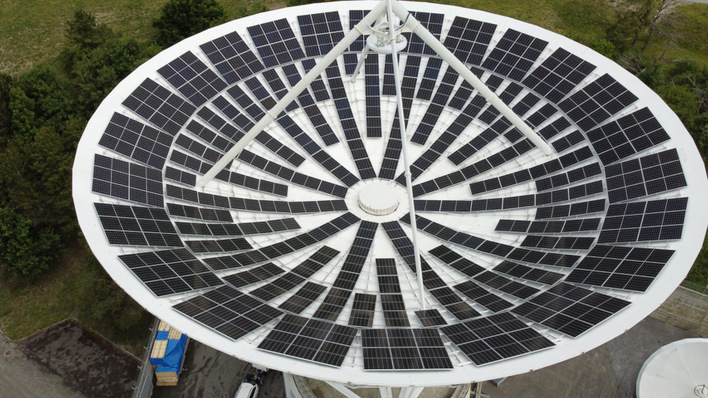Carbon-4 is an innovative paint that also gives of heat. How exactly does that work?
Andreas Hild: This is a coat of paint that can be induced to giving off heat with either direct or alternating current. The paint contains carbon fibres and other particles that transforms electricity into heat spread out over the entire surface. We hold a patent for this. Technically, we are talking about a surface radiant heating system.
How warm does the paint become while in operation?
About 40 to 45 degrees Celsius when applied to a wall. It is also possible to use it as electric floor heating, with or without a screed layer. About 50 percent of the heat is given off in the form of radiant power. That allows bringing a room to a very comfortable temperature with very little energy. The radiators of yesteryear are no longer needed, nor are water-bearing heating registers. Simply apply the coat of paint, and there you have it. The heat output is determined by the thickness of the coat of paint and the surface area that radiates the heat.
How is the connection to the heating surface realised?
Via extremely thin ribbons of copper. They are 0.2 of a millimetre thick and 20 millimetres wide. They are fitted by adhesive strips and are connected to the transformer using a cable. It is possible to run them both on grid power which an AC transformer brings down to 24 volts, or you can simply take the power directly from the DC side of the system, e.g. from the solar battery. The latter has the advantage that there is no AC field, making the system perfectly electromagnetically compatible. And that is why PV, solar batteries and our paint are such an ideal match.
Why are you not taking the voltage to a higher level?
Because that is not necessary. At 24 volts you can even operate in wet conditions. Our Carbon-4 coating is often used in bathroom renovations to retrofit underfloor heating with little effort. First, an undercoat is applied to support the reflection of heat from the wall. Then comes the heating coat, which you can easily cover with tiles or other materials that do not interfere with the heat transfer. You can drill into the paint as you would into any normal wall. Or plaster over it.
There is a similar idea involving a self-heating foil…
The inventor of Cabon-4 has extensive experience in that area. He used to work in the sector of infrared heating and developed such films for industrial applications. But it is impossible to paint or plaster over such a foil. Nothing will stick to these kinds of smooth surfaces. Carbon-4 is very different in that respect. Once the heating layer is applied and connected, it is no problem to add a coat of paint or any other suitable wall construction. Further, the foil always has a specific heat output per square metre and sometimes it is not enough.
What has to be considered for heating paint?
Our heat coating technically speaking does not provide constant power but is set to a certain temperature. Once that is reached, the system’s thermostat simply turns the power off. The reaction times are very fast. That works well with the requirements of the sort of load management systems that are familiar from PV and storage. So yes, there are a few things to consider when planning such a system.
How is your product delivered? As a powder? Or as a prepared emulsion?
As a water-based paint, ready to be used and by the 12-litre bucket. Because of what it contains, the paint is always black. That is also the basis of its conductivity. Once it has dried on the wall, it can be plastered or painted over with any colour the customer wants.
How long does the application take?
A home of 150 square metres of living space can be provided with an operational heating system within three days. Then all of the subsequent work can happen. The first coat actually takes about an hour to dry. It is dried using heat, and then the second coat can be applied to the preheated first coat. The paint is water-based, contains no solvents or toxins. It meets all indoor air standards. (HS)
Keep up with innovation in PV! Watch our PV Guided Tours at The Smarter E Europe in Munich:
https://www.pveurope.eu/Videos/pv-Guided-Tours-videos-2018
Stay informed, get our newsletter twice a week.
Register here: https://www.pveurope.eu/Newsletter
Read more about solar modules.
Read more about solar mounting systems.
Read more about solar energy storage.


